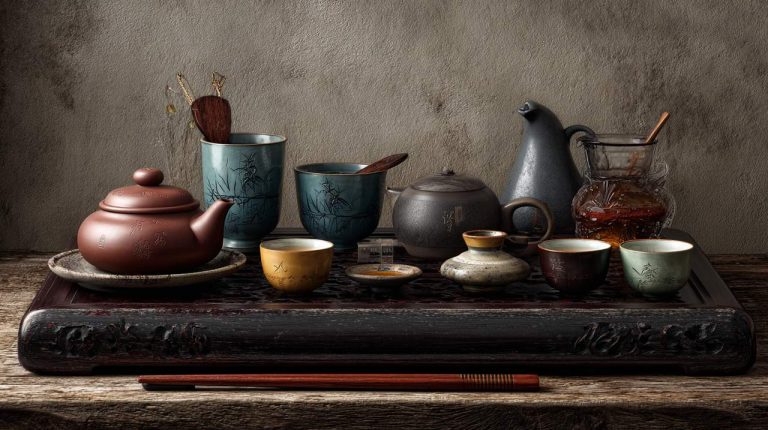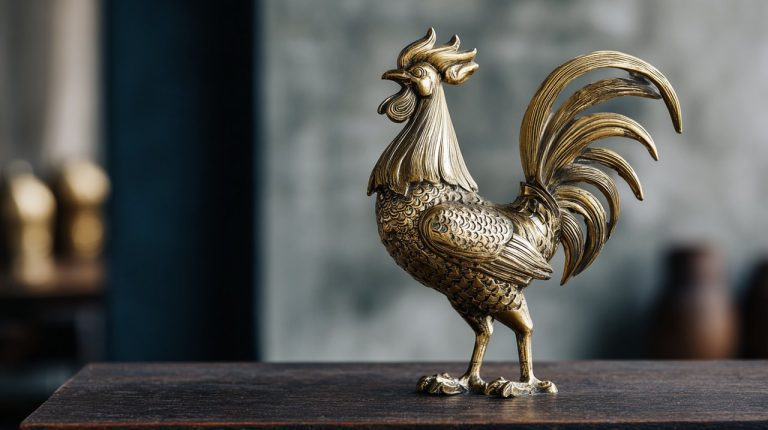Chinese Heritage Fashion encompasses the rich tapestry of traditional Chinese aesthetics, textiles, and forms, reinterpreted for contemporary life. It's more than just clothing; it's a profound connection to history, philosophy, and artistry, reflecting centuries of cultural evolution. Understanding this heritage offers a unique lens into identity and self-expression.
What is Chinese Heritage Fashion and Why Does It Matter?
Chinese Heritage Fashion is not merely a collection of historical garments; it represents a dynamic interplay between ancient aesthetics, profound cultural symbolism, and contemporary expression. It encompasses traditional attire like Hanfu and the elegant Tang suit, alongside designs inspired by historical motifs, philosophical principles, and auspicious symbols.
Its significance lies in its ability to connect individuals with a rich cultural lineage, promoting identity and understanding in a globalized world. This movement encourages appreciation for traditional craftsmanship, sustainable practices, and the profound narratives embedded in every stitch and design element. It’s a living testament to China's enduring artistic legacy.
Exploring The Different Types and Aspects of Chinese Heritage Fashion
The landscape of Chinese Heritage Fashion is incredibly diverse, extending far beyond specific clothing styles. It’s a multi-faceted discipline that draws from various historical periods and regional traditions.
- Traditional Garments: This includes the flowing Hanfu, the iconic Qipao (Cheongsam), and the more contemporary yet culturally rooted Tang suit, each representing distinct eras and social contexts.
- Symbolic Motifs: Designs frequently incorporate rich symbolism, from mythical creatures like dragons and phoenixes to natural elements and auspicious patterns. Understanding these symbols often involves delving into concepts such as the Chinese Zodiac and its associated animal characteristics.
- Artisan Craftsmanship: Emphasis is placed on traditional techniques like intricate embroidery, silk weaving, and the use of precious materials. The cultural significance of items like a jade bracelet Chinese meaning highlights the deep connection between materials and spiritual or protective beliefs.
- Modern Adaptations: Contemporary designers reinterpret these heritage elements, blending traditional silhouettes and motifs with modern fabrics and cuts, making them relevant for everyday wear and global fashion trends.
How Can You Engage with Chinese Heritage Fashion Authentically?
Engaging with Chinese Heritage Fashion authentically requires more than simply adopting styles; it involves understanding the stories and cultural nuances behind them. For those new to this rich tradition, a thoughtful approach ensures respect and appreciation.
- Educate Yourself: Begin by researching the historical context, regional variations, and symbolic meanings of different garments and motifs. This foundational knowledge prevents misinterpretation and fosters genuine appreciation.
- Prioritize Quality and Craftsmanship: Seek out pieces that honor traditional techniques and materials. Supporting artisans and brands committed to preserving these skills contributes to the longevity of the heritage.
- Integrate Thoughtfully: Whether you choose to wear a full traditional ensemble or incorporate subtle elements into your modern wardrobe, consider how these pieces resonate with your personal style and values. The goal is harmonious integration, not mere imitation.
- Connect with Communities: Online forums, cultural groups, and exhibitions offer invaluable opportunities to learn from and share experiences with others passionate about Chinese heritage and its fashion expressions.
By delving into the intricate world of Chinese Heritage Fashion, individuals can discover a profound connection to history, artistry, and identity. This category serves as a curated resource for those seeking to understand, appreciate, and thoughtfully engage with the enduring legacy of Chinese aesthetics.






